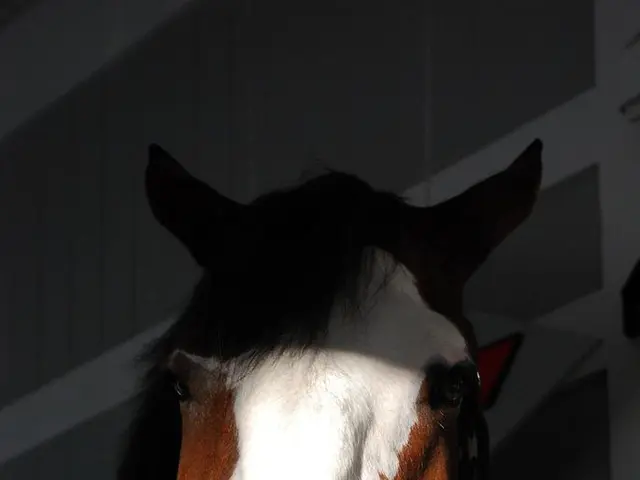Toxic Substance in Dogs: Xylitol - A Deadly Threat
In a quest to keep themselves and their pets healthy, many households focus on proper nutrition, especially cutting down on sugar. However, when it comes to dogs, one sugar substitute you should avoid is xylitol. Here's why:
What is Xylitol?
Xylitol is a natural sugar alcohol extracted from plants, mostly birch trees. It resembles traditional sugar in appearance and flavor, originally used to aid diabetics and produce sugar-free gum without promoting tooth decay.
Items and Foods With Xylitol
Being cautious about foods with hidden sugars is crucial for pet parents. Xylitol can be found in various household items and foods, including:
- Toothpastes
- Chewable sugar-free multivitamins
- Chewable sugar-free prenatal medications
- Nasal spray
- Diabetic snacks (gum and sugar-free candy)
- Baked goods
- Gum (some recommended from pediatric dentists)
- Breath mints
- Candies
- Mouthwashes
- Cough syrup
- Peanut Butter and Nut Butters
- Power Drinks
In other foods, it might not be immediately obvious, so the ASPCA Animal Poison Control Center recommends scouting for labels containing the letters "xyl" or listing the following ingredients:
- 1,4-anhydro-d-xylitol
- Anhydroxylitol
- Birch bark extract
- Birch sugar
- D-xylitol
- Xylite
- Xylitylglucoside
Xylitol Poisoning in Dogs
Humans can tolerate xylitol without insulin release, but in dogs, this substance is rapidly absorbed into the bloodstream, triggering the pancreas to release insulin, causing a rapid drop in blood sugar level (hypoglycemia). While the toxicity level is dependent on consumption amount, smaller dogs are more susceptible due to their size.
Symptoms of Xylitol Poisoning in Dogs
Be aware of these signs indicating xylitol toxicity in dogs:
- Weakness or fatigue
- Depression
- Drunken-like behavior
- Sudden collapse
- Seizures
- A racing heart rate
- Jaundiced (yellow) gums
- Black-tarry stool or diarrhea
- Bruising
- Abnormal mental awareness
- Clotting problems
Diagnosing Xylitol Toxicity
Early diagnosis and treatment for xylitol toxicity lead to the best outcomes. If you notice any signs, bring your dog to a vet hospital immediately. The vet will conduct a physical exam, followed by blood sugar, complete blood count, chemistry panel, urinalysis, and clotting times to support the diagnosis and guide treatment.
Treating Dogs with Xylitol Poisoning
Treatment depends on the amount consumed. Smaller ingestions may only result in low blood sugar, requiring intravenous fluids and close monitoring of glucose levels. Heavier ingestions could lead to liver failure, necessitating aggressive treatment options, liver protectants, and antioxidants such as Vitamin E, SAM-E, and Silymarin.
Preventing Xylitol Poisoning
Avoiding xylitol exposure is critical. Read labels carefully, especially for peanut butter and other human foods used as treats or to disguise medications. Opt for canine toothpaste when brushing your pet's teeth. Keep products with xylitol out of reach, maintain a watchful eye on children and guests, and instruct them not to feed any table scraps to your dog.
- In the pursuit of health-and-wellness, individuals should be mindful of using toothpastes that contain xylitol, a sugar substitute harmful to pets.
- Maintaining a lifestyle that includes proper skin care and mental health practices is essential, but it's equally important to keep household items with xylitol out of reach of pets, such as chewable sugar-free multivitamins and diabetes-related snacks.
- A balanced nutrition plan for both humans and pets should ideally limit sugar intake, however, when it comes to canine diets, xylitol - found in some peanut butters and candies - should specifically be avoided due to its potential toxicity.
- While fitness-and-exercise and specific diets contribute to overall health, one must also be aware of the hidden dangers like xylitol in foods and items commonly found in households, ensuring a safer lifestyle for both humans and their beloved pets.








